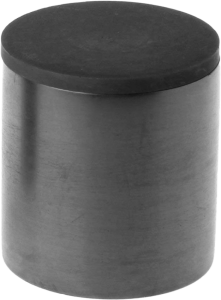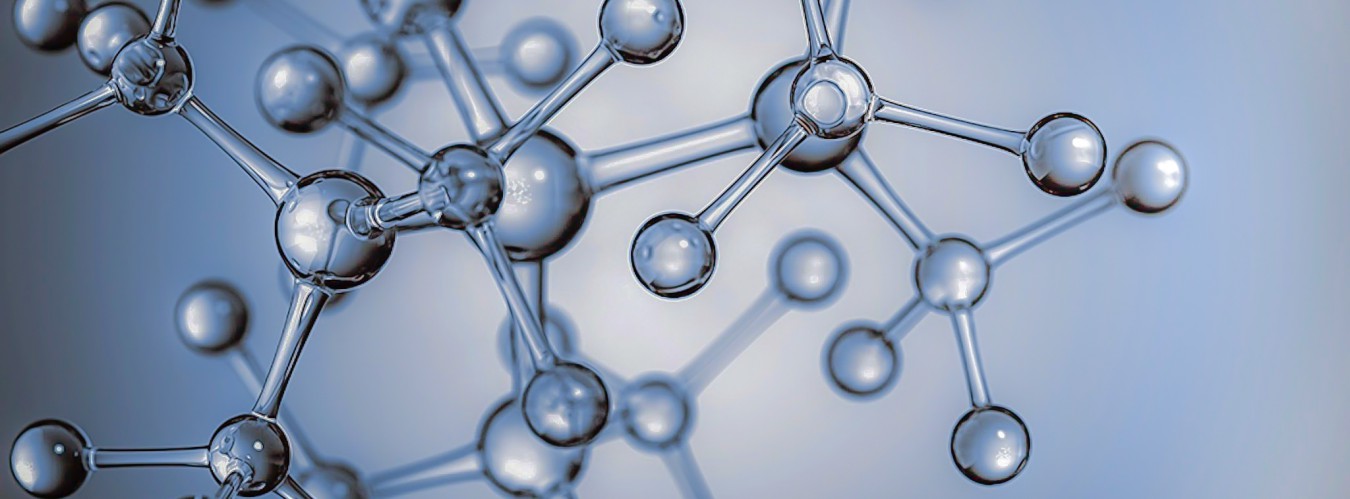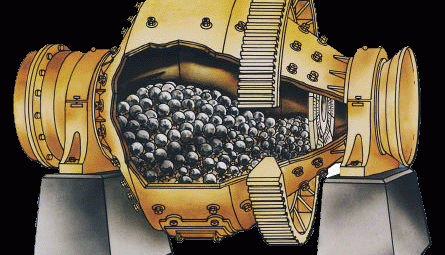Ball Milling
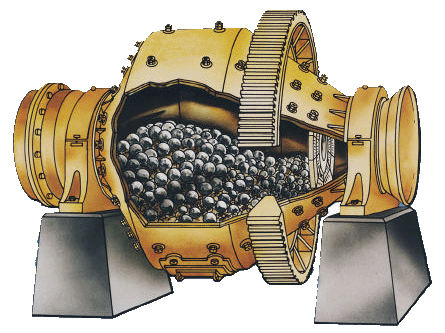
A ball mill is a type of mill used to grind and mix materials to be used in processes for mixing minerals, paints, pyrotechnics, ceramics, and selective laser sintering. It works by the principle of impact and friction: the size reduction is achieved when the grinding media characteristic of this equipment (balls or spheres) impact each other and against the particles of the material to be fractionated.
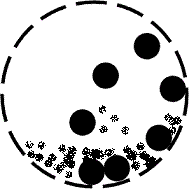
It consists of a cylindrical container that rotates on its axis. The axis of the cylinder can be both horizontal and have a small angle with the horizontal. The cylinder is partially filled with balls, which can be made of steel (chrome steel), stainless steel, ceramics such as silicon carbide, or even rubber. The inner surface of the cylinder is normally coated with an abrasion resistant material such as silicon carbide, manganese steel or rubber. The length of the mill is approximately equal to its diameter.
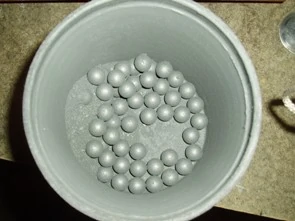
Factors that can affect grinding:
- Rotation speed (revolutions per minute, r.p.m.). According to this, the size (inside diameter) of the jug is determined. If the materials to grind are very viscous, it requires a machine that has speed control, but it is not stable; Then, to control the problem, half of the materials that are usually used are added with more water. This problem occurs in kaolins and clays. The critical speed is at which the centrifugal force is acting, so that it prevents grinding by “sticking” the materials and balls to the walls of the jar without falling.
- Number of balls. They are usually made of alumina, silica and even metallic. The balls must occupy between 30% and 55% of the inner volume of the jacket. The size and weight of the ball must be kept constant or the volume alters. Wear greatly influences the change in volume, wear should be monitored to level the content of balls, adding new ones and eliminating the already worn ones.
- Size and shape of the balls. There are two factors to take into account: the contact surface with which it is ground, the smaller balls, in this sense, are better, and the movement, which is in two ways; one in which the balls rotate against each other, skidding, and another in which the balls “collide” separating each other, at this point the large balls are better. A balance must be found between both factors. Flint pebbles can be used, before use they are calcined to remove organic impurities. The flint is almost 100% silica, which is why its high hardness. The paste balls can be made of porcelain, high alumina porcelain, zirconia porcelain, but with the latter it must be taken into account that the balls wear out faster. Smaller balls are required to grind finer. It is necessary to check the balls periodically, when they have a very high wear they are eliminated because the new balls grind them altering the composition of the grinding.
- Quantity of materials. The amount of materials and fluid is always related because it determines the viscosity, the viscosity controls the movement of the balls. If there is little fluid, the balls hardly move, and in the case of excess fluid, the balls jump and bounce off the bottom and walls of the sleeves, prematurely wearing. The sound produced by the balls must be constant, if there is no sound, there is no grinding.
- Granularity of the materials.
- Operation time. The higher the hardness of the material to be ground, the more time it takes to reach a specific granulation, taking into account that the longer the operation time, the energy consumption increases, and therefore the cost of the operation. The viscosity of the material must also be taken into account when calculating the operating time, since it can vary if some type of solvent is found in the mixture.
